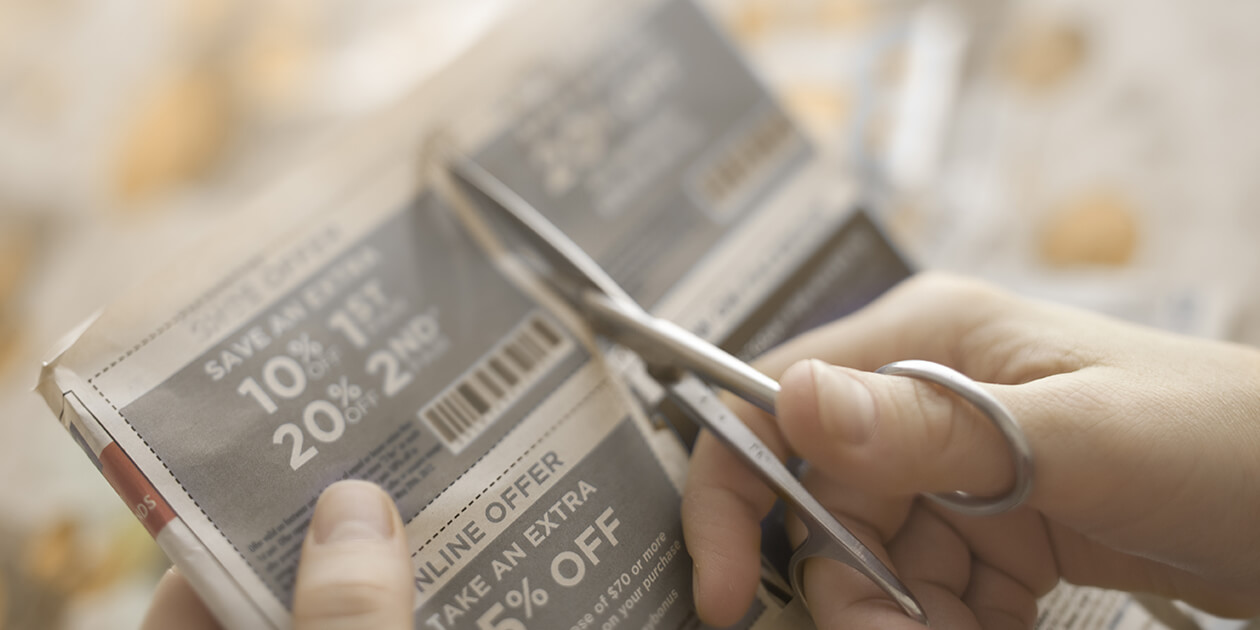People Experiencing Financial Hardship During the COVID-19 Pandemic Report Receiving More Commercial Tobacco Discount Coupons

U.S. adults experiencing financial hardships received more commercial tobacco discount coupons during the COVID-19 pandemic, an NIMHD study has found, suggesting that the tobacco industry potentially targeted its marketing toward individuals with lower socioeconomic status (i.e., those financially vulnerable). This finding confirms previous research indicating that people who use commercial tobacco engage with price promotions provided by the tobacco industry to manage their tobacco expenditures, including those experiencing financial hardships. These price promotions hinder tobacco cessation and promote return to use.
In this first-of-its-kind national study on receipt of commercial tobacco discount coupons during the COVID-19 pandemic, the researchers conducted a survey to examine whether receipt of commercial tobacco discount coupons increased among U.S. adults during the pandemic and whether financial hardship during that time played a role. A nationally representative sample of 1,700 adults ages 21 years or older who used commercial tobacco during the 12 months before the survey were polled online through YouGov from January to February 2021 (i.e., 10 to 11 months into the pandemic).
Participants reported if they had received more discount coupons for commercial tobacco products (i.e., cigarettes, electronic vaping products, cigars, smokeless tobacco, and hookah or other combustible tobacco products) during the pandemic compared to before the pandemic. They also reported whether they had experienced any of these six types of financial hardships since the pandemic:
- Not enough money to pay for food
- Not enough money to pay for rent or mortgage
- Not enough money to pay for utilities
- Not enough money to pay for medications
- Not enough money to pay for unexpected expenses
- Not enough money to pay for hand sanitizer, disinfectant, and face masks
The total number of hardships experienced was counted for each participant, with a higher count indicating a higher level of financial hardship.
The findings show that 10 to 11 months into the pandemic:
- Participants (21.3%) who used commercial tobacco during the 12 months prior to the survey reported receiving more commercial tobacco discount coupons.
- Participants who used a specific commercial tobacco product before the pandemic were more likely to report increased receipt of coupons for that product.
- Experiencing financial hardships was associated with a higher likelihood of receiving more discount coupons for all types of commercial tobacco products—every additional count of financial hardship increased the likelihood of receiving more coupons.
- Receipt of discount coupons for cigarettes increased the most, consistent with recent rising funding trends in cigarette advertising and promotion.
- Women were more likely to report increased receipt of tobacco discount coupons.
In conclusion, over 1 in 5 U.S. adults who used commercial tobacco—specifically people who reported financial hardships due to the pandemic—received more commercial tobacco discount coupons during the COVID-19 pandemic. This study suggests that the tobacco industry may be using price discount strategies to target individuals who are financially vulnerable. The authors recommend that prohibiting commercial tobacco discount coupons and price promotions may encourage commercial tobacco cessation, especially among groups with lower socioeconomic status.
Citation
Zarei, K., Hamilton-Moseley, K. R., Chen-Sankey, J., Phan, L., Ajith, A., Hacker, K., Jewett, B., & Choi, K. (2023). Financial hardship during the COVID-19 pandemic and increased receipt of commercial tobacco discount coupons among U.S. adults who use commercial tobacco. Tobacco Control, 0, 1-7. https://doi.org/10.1136/tc-2022-057814
Page published Dec. 13, 2023
















